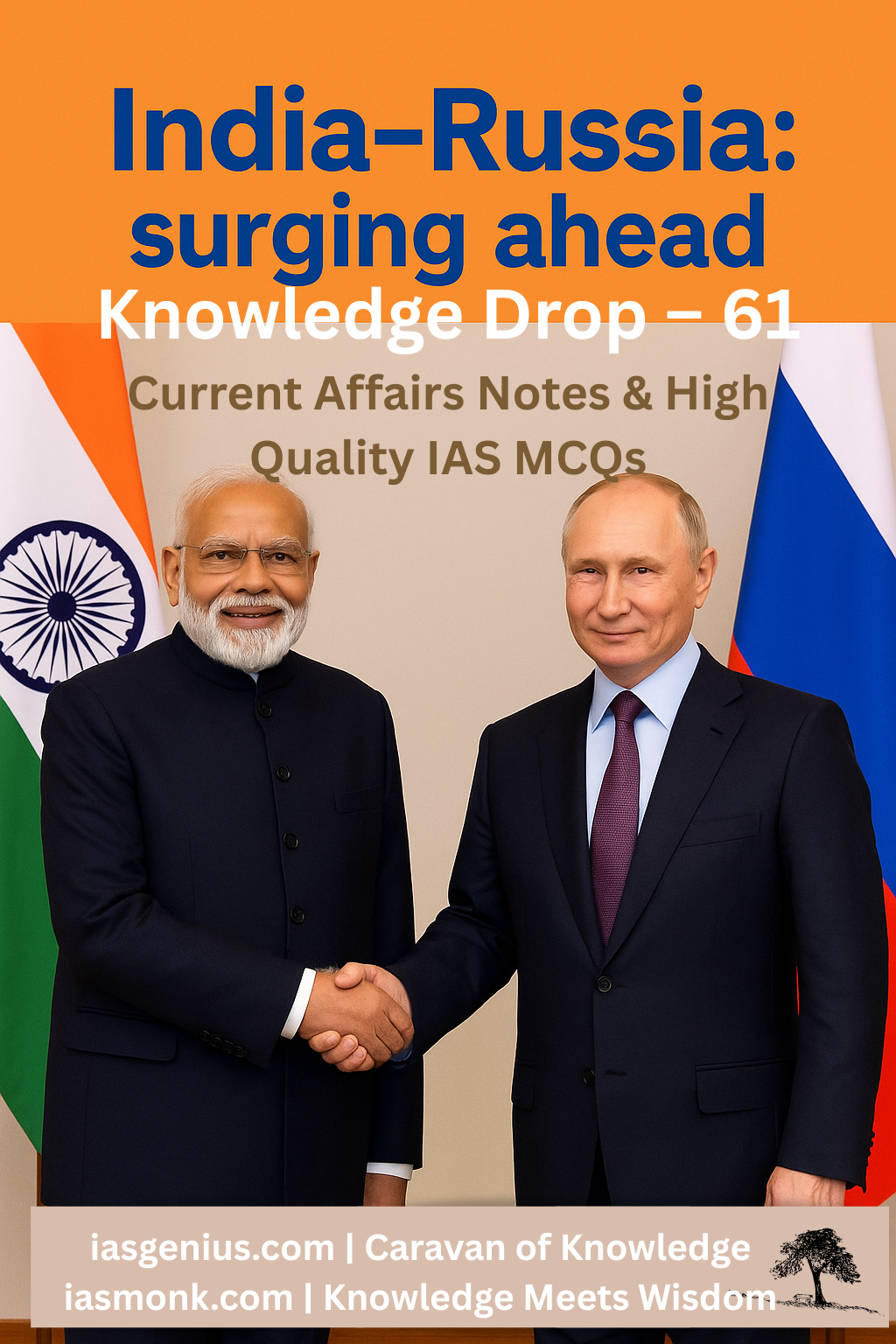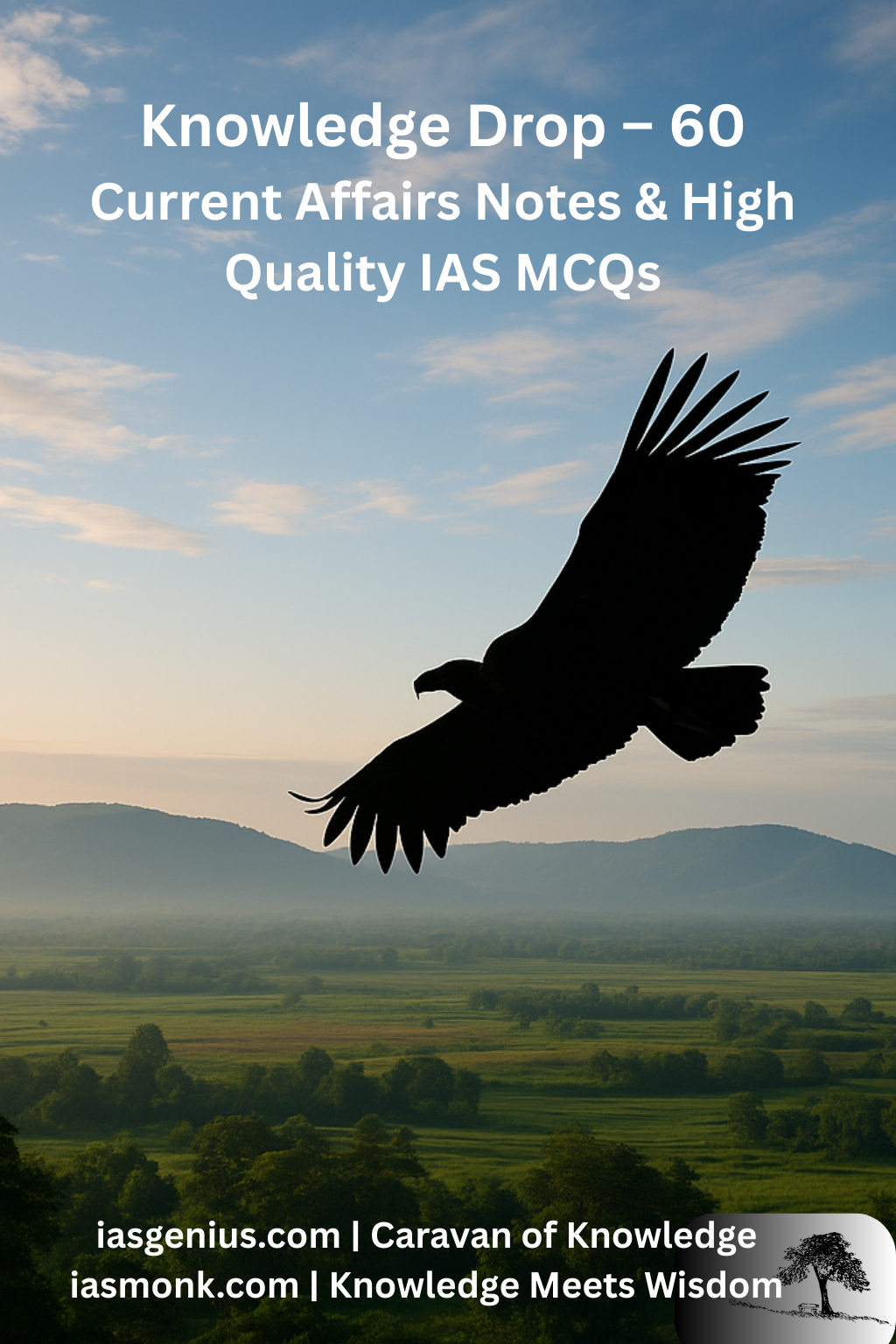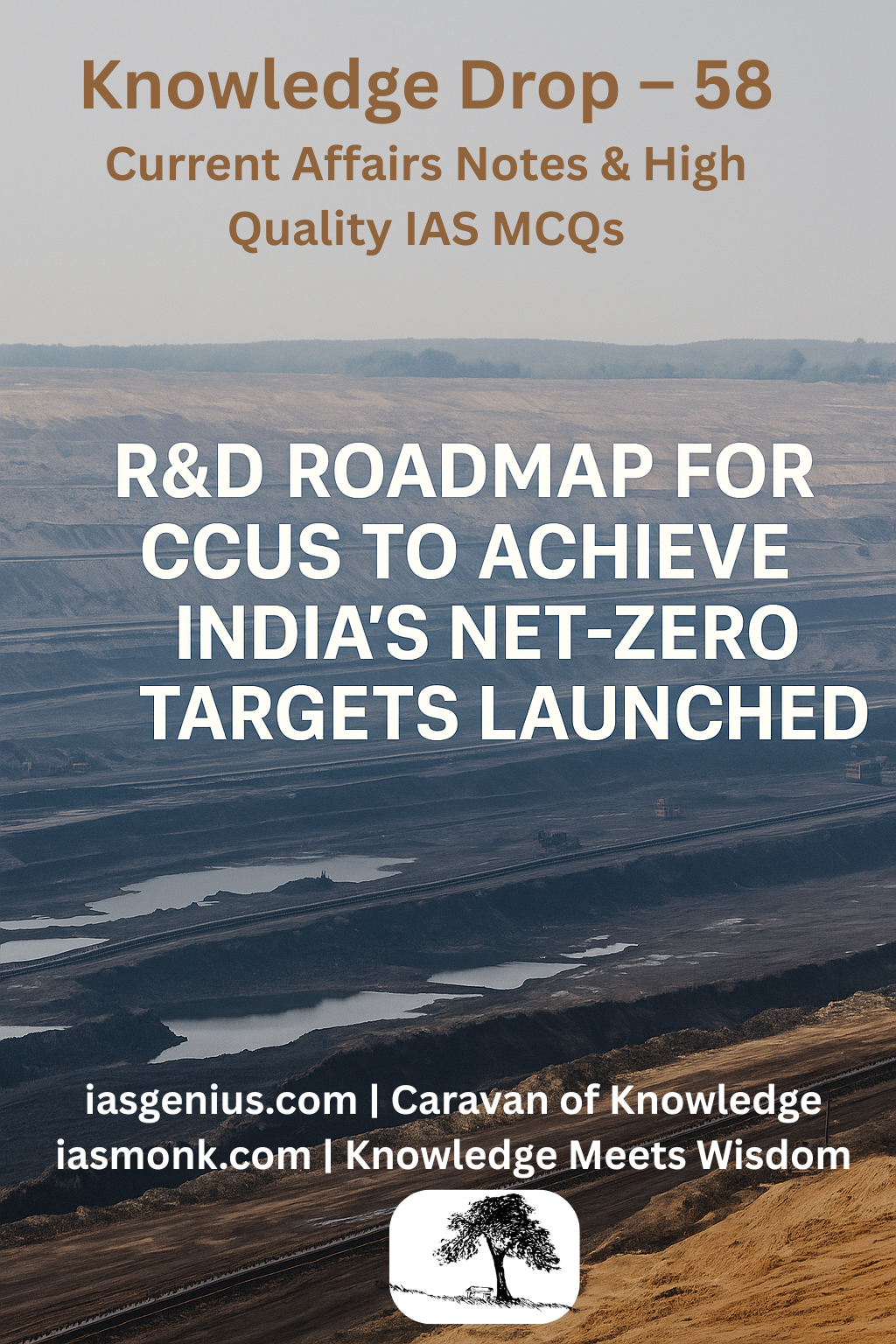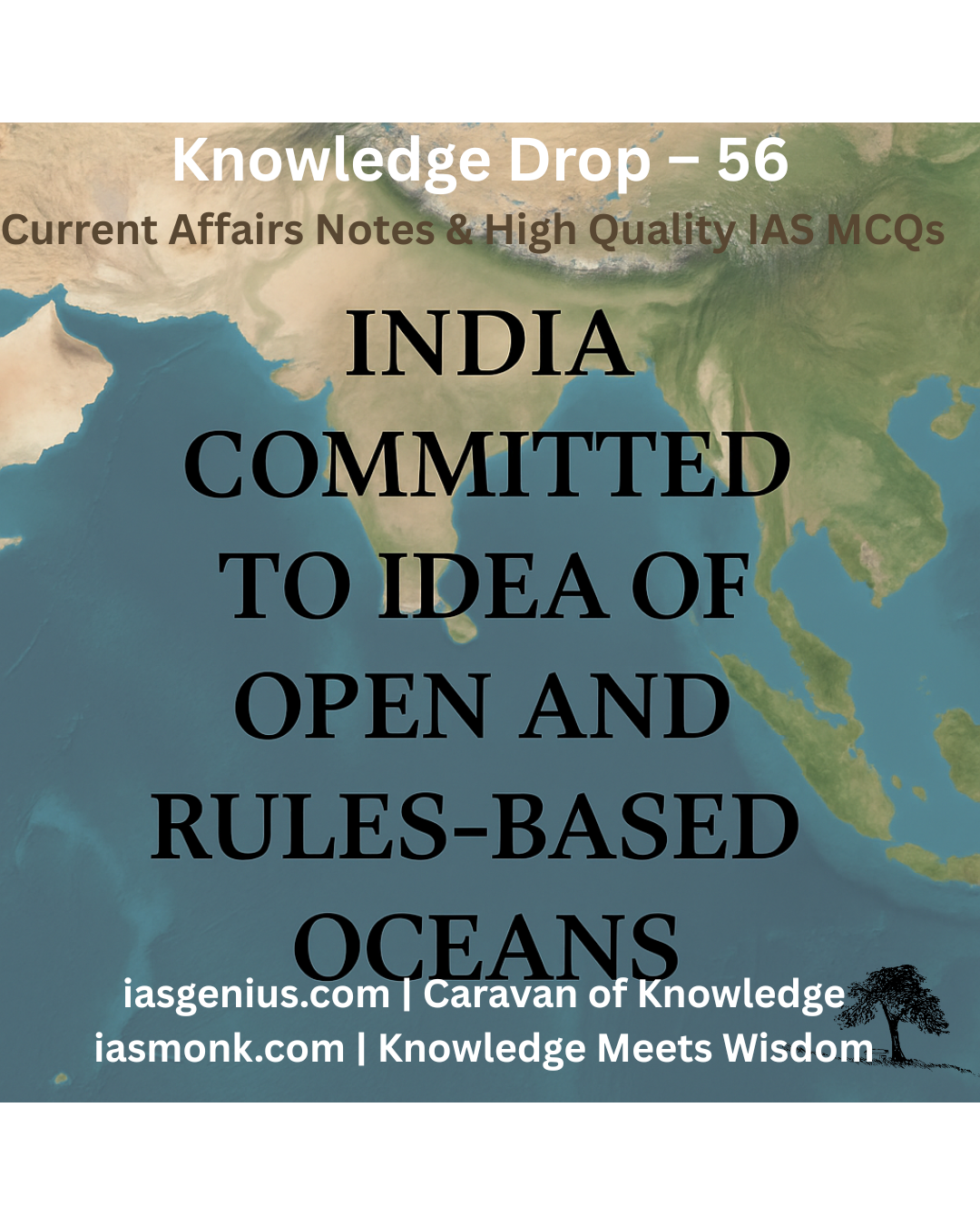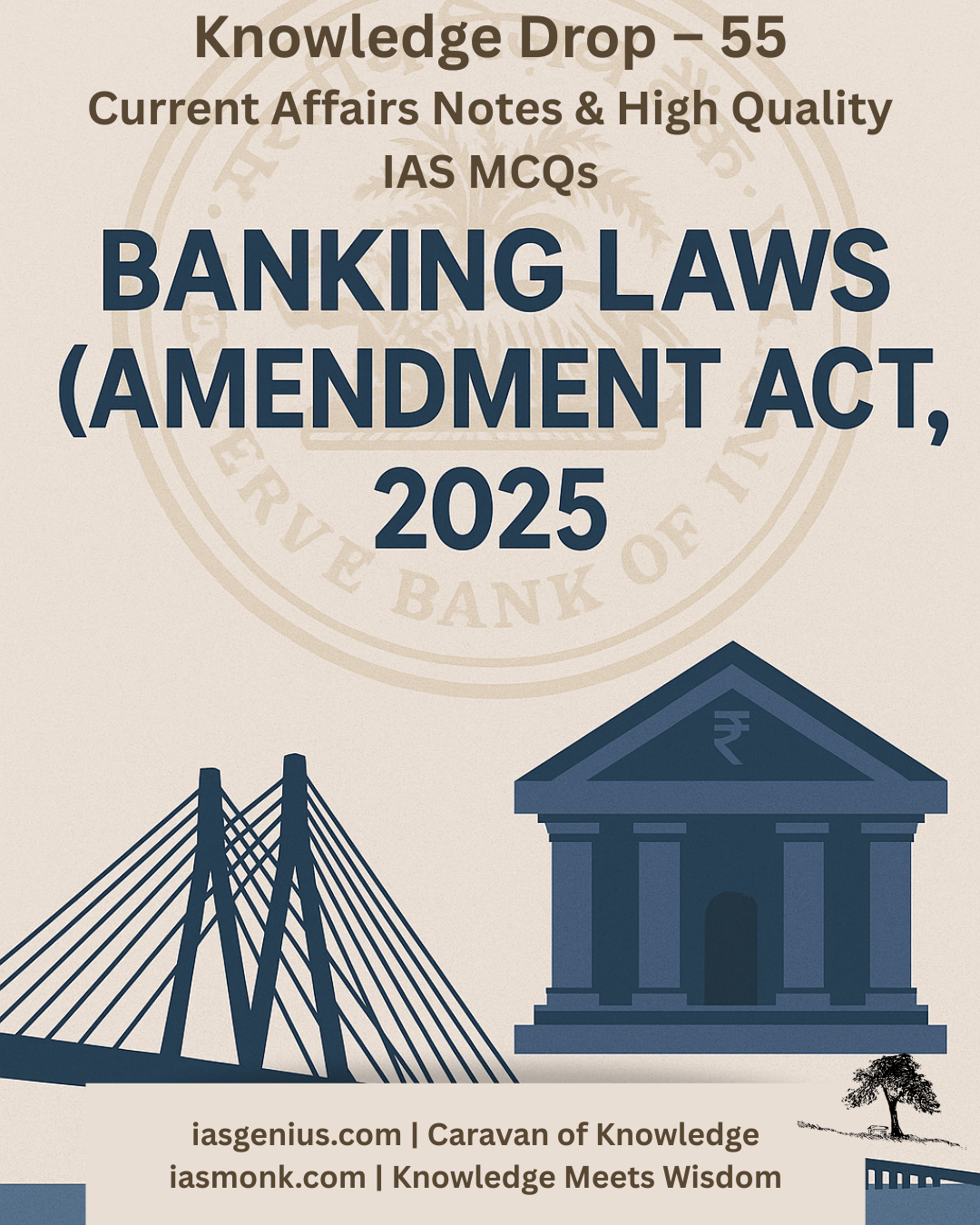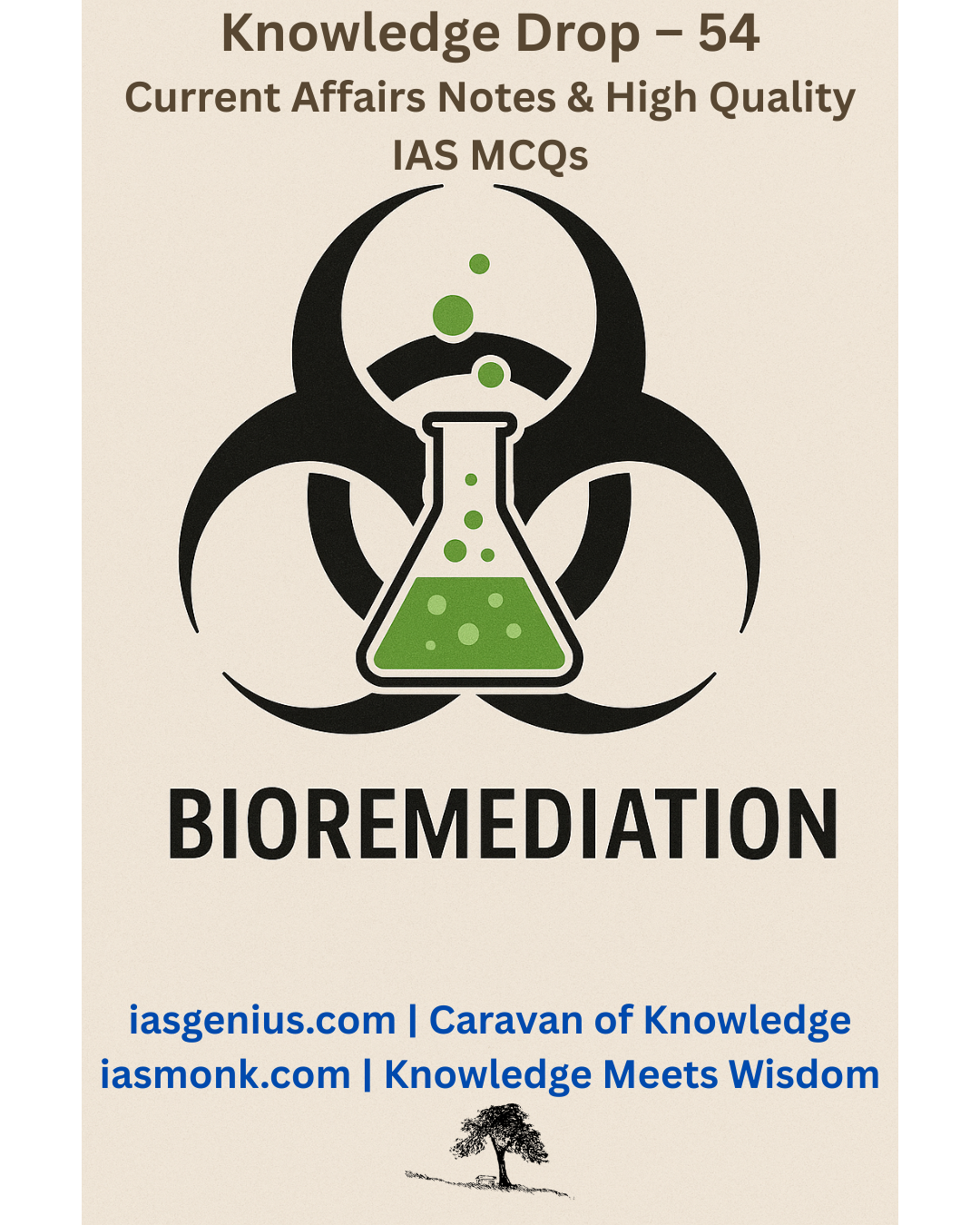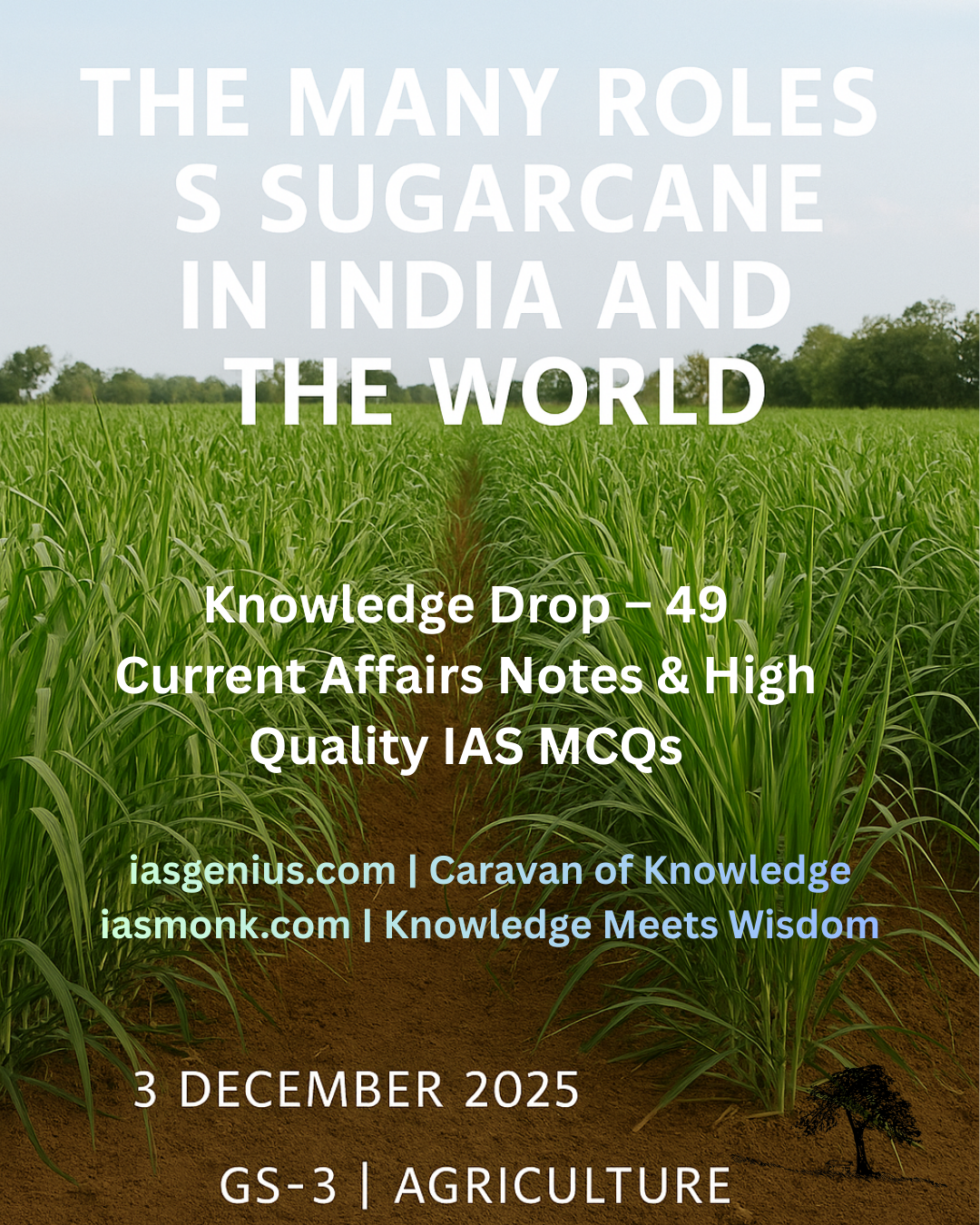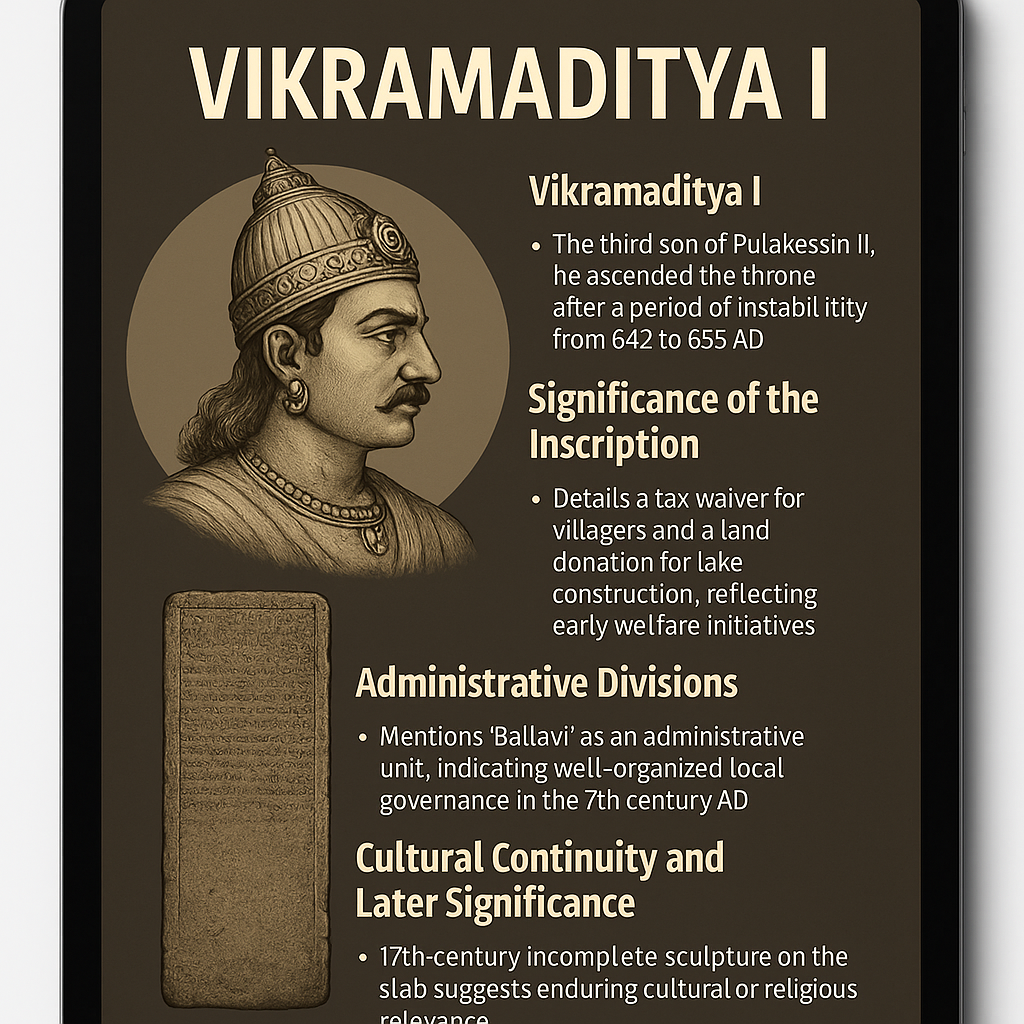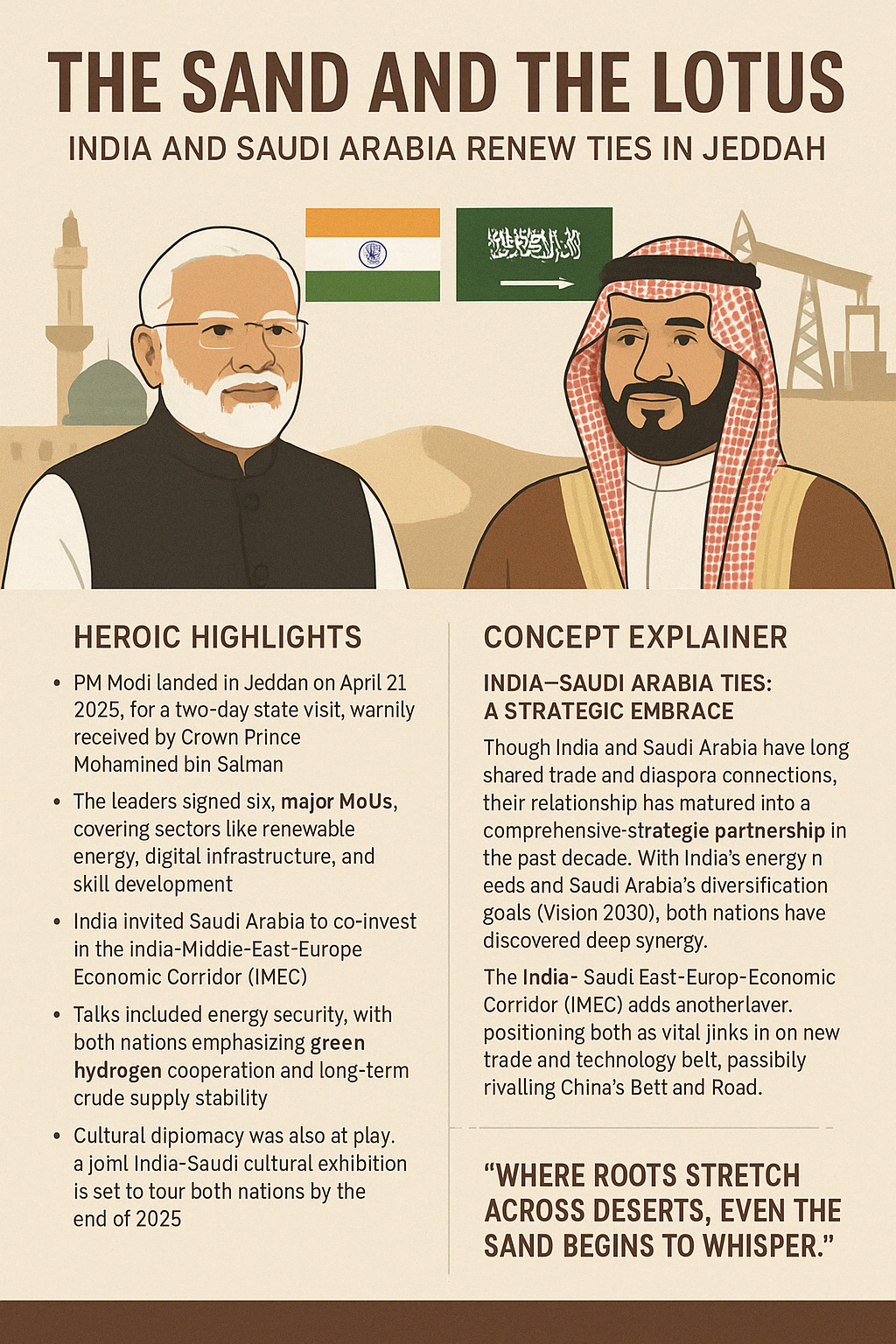
008-Apr 22, 2025 : The Sand and the Lotus: India and Saudi Arabia Renew Ties in Jeddah
📅 April 22, 2025
📌 Highlight: Relevant Essay Attached

Thematic Focus
🌐 International Relations | 🛕 Diplomacy & Energy
Intro
In the golden city of Jeddah, under the watchful eyes of history and oil rigs, a lotus bloomed again. Prime Minister Narendra Modi’s 2025 visit to Saudi Arabia marked not just a bilateral handshake, but a re-alignment of strategic vision between two civilizational giants—one ancient, one resurgent.
Heroic Highlights
- PM Modi landed in Jeddah on April 21, 2025, for a two-day state visit, warmly received by Crown Prince Mohammed bin Salman.
- The leaders signed six major MoUs, covering sectors like renewable energy, digital infrastructure, and skill development.
- India invited Saudi Arabia to co-invest in the India-Middle East-Europe Economic Corridor (IMEC), revitalized after its initial 2023 announcement at the G20 Summit.
- Talks included energy security, with both nations emphasizing green hydrogen cooperation and long-term crude supply stability.
- Cultural diplomacy was also at play: a joint India-Saudi cultural exhibition is set to tour both nations by the end of 2025.
Concept Explainer
India–Saudi Arabia Ties: A Strategic Embrace
Though India and Saudi Arabia have long shared trade and diaspora connections, their relationship has matured into a comprehensive strategic partnership in the past decade. With India’s energy needs and Saudi Arabia’s diversification goals (Vision 2030), both nations have discovered deep synergy.
The India–Middle East–Europe Economic Corridor (IMEC) adds another layer, positioning both as vital links in a new trade and technology belt, possibly rivalling China’s Belt and Road.
GS Paper Mapping
- GS Paper 2: International Relations – Bilateral relations, energy diplomacy, regional cooperation
- GS Paper 3: Infrastructure, Energy – IMEC, Green Hydrogen, Oil Security
A Thought Spark — by IAS Monk
“Where roots stretch across deserts, even the sand begins to whisper.”
Let this be a lesson: diplomacy isn’t just policy—it’s poetry written with time, patience, and mutual promise.
Essay:
The Sand and the Lotus: India–Saudi Arabia Relations in a Changing Global Order
“When deserts dream, they often dream of rivers.”
— An Arabian Whisper
Introduction: The Desert Embrace
On April 21, 2025, Indian Prime Minister Narendra Modi landed in Jeddah, Saudi Arabia, marking not just another diplomatic trip but a renewed chapter in a historic relationship that now stretches across trade routes, oil pipelines, digital corridors, and spiritual memories. Crown Prince Mohammed bin Salman welcomed the Indian delegation with warmth, symbolic of a growing strategic and cultural alignment between the world’s most populous democracy and one of its wealthiest petro-states.
This essay explores the shifting contours of India–Saudi Arabia relations, from historical ties and energy dependencies to future collaborations in green technology, digital economy, and global governance. In a world increasingly fragmented, this bilateral relationship stands as a quiet testament to pragmatic diplomacy, mutual respect, and shared aspirations.
Historical Backdrop: From Caravans to Concord
India and Arabia have traded goods and ideas for centuries. The spice routes of antiquity saw Indian merchants navigating the Arabian Sea to sell textiles and spices. In return, Arabia offered dates, horses, and pearls. Beyond trade, there was cultural exchange: the arrival of Islam in India, the pilgrimage of Indian Muslims to Mecca, and the Arabic influence on Indian architecture and language.
However, it was only in the 20th century, with the discovery of oil and the rise of post-colonial states, that this relationship assumed its modern geopolitical form. India, energy-hungry and newly independent, began importing oil in large quantities from Saudi Arabia. At the same time, Indian workers formed the backbone of the Gulf’s infrastructure boom, sending billions in remittances back home.
This interdependence laid the foundation for a strategic partnership, but it was largely transactional until the last decade.
The Modi–MBS Era: From Friendship to Framework
The past ten years have seen a distinct transformation. With the emergence of Vision 2030 in Saudi Arabia and India’s own ambitious programs like Digital India, Make in India, and Green Hydrogen Mission, both countries have discovered deep synergy.
During his 2019 and 2023 visits, PM Modi signed multiple MoUs with Saudi Arabia, elevating ties to a Strategic Partnership Council. In 2025, the Jeddah visit reinforced this trust with six new agreements, covering:
- Renewable Energy, particularly green hydrogen collaboration.
- Digital Infrastructure and secure data corridors.
- Skills Exchange for Indian workers and Saudi youth.
- Defense cooperation, particularly maritime domain awareness.
- Space and AI technology sharing.
- Cultural exhibitions and people-to-people exchange.
This multidimensional engagement signals a shift from oil-only dependency to an energy-technology-diplomacy triangle.
Energy Ties: From Black Gold to Green Dreams
Saudi Arabia remains one of India’s top crude oil suppliers. In 2024, nearly 18% of India’s total crude imports came from Saudi Arabia. But both sides understand the limits of this reliance in a world pivoting toward sustainability.
The new agreements focus on green hydrogen, a field where Saudi Arabia, with its vast deserts and solar potential, and India, with its innovation capacity, can co-develop scalable solutions. Such collaboration may form a Green Energy Axis between the two nations, aligning climate goals with economic growth.
The long-term crude supply assurance signed in 2025 further strengthens energy security, offering predictability in an otherwise volatile global oil market.
Digital and Strategic Corridors: The IMEC Revival
Another major highlight of the 2025 visit was India’s invitation to Saudi Arabia to co-invest in the India–Middle East–Europe Economic Corridor (IMEC). First conceptualized during the G20 Summit in 2023, IMEC aims to build a modern trade route linking Mumbai to Haifa through Dubai and Saudi ports, then connecting to Europe via Greece and Italy.
This corridor:
- Reduces transit times and costs for cargo.
- Challenges China’s Belt and Road Initiative.
- Promotes multipolarity in global trade routes.
- Offers digital and fiber-optic highways along its path.
Saudi Arabia’s participation, especially with its NEOM city project and massive sovereign wealth, adds strategic weight to IMEC, making it more viable and attractive.
Geopolitical Balancing: Between the West, China, and the Ummah
India and Saudi Arabia have managed to maintain a delicate balance in global geopolitics. Despite Saudi Arabia’s proximity to Pakistan and past alignment with the Islamic world on Kashmir, the current Crown Prince has refrained from public criticism of India on such issues.
At the same time, India has respected Saudi Arabia’s internal reform trajectory, including its sensitive handling of religious and cultural changes under MBS. This quiet mutual understanding has helped both navigate tough waters.
Saudi Arabia is also drawing closer to China via BRICS+ and the Shanghai Cooperation Organisation. But India’s presence in both groupings ensures its relevance and counterbalance.
In essence, India–Saudi Arabia relations represent non-alignment 2.0 — flexible partnerships without ideological baggage.
People, Pilgrimage, and Public Diplomacy
More than 2.6 million Indians reside in Saudi Arabia, forming the largest expatriate community there. Their contributions range from labor to medicine, from engineering to entrepreneurship. PM Modi’s outreach to the Indian diaspora has always included emotional appeals and recognition of their role.
Additionally, over 175,000 Indian pilgrims visit Mecca annually, and smooth Hajj facilitation has become a diplomatic priority.
The 2025 cultural exchange agreement — a traveling exhibition showcasing both nations’ art, food, and music — reflects the soft power turn in India–Saudi diplomacy. It fosters empathy, not just economics.
Challenges Ahead
Despite the strong momentum, several challenges persist:
- Worker welfare in the Gulf remains a concern. India has pushed for better wage protections and legal recourse.
- Religious sensitivities may flare if domestic developments in India are perceived as anti-Muslim, risking public backlash in the Arab world.
- Regional tensions — such as Iran–Saudi rivalries — could complicate India’s efforts to maintain balanced West Asia ties.
- Economic slowdown in either country can reduce the appetite for big-ticket collaboration.
The success of this strategic embrace will depend on stability, mutual respect, and adaptive diplomacy.
Conclusion: A Lotus Blooming in the Desert
India and Saudi Arabia’s relationship is no longer just about barrels of oil or visa quotas. It is a story of two civilizational cultures finding common rhythm in the 21st century — through energy innovation, digital diplomacy, and the quiet confidence of mutual trust.
As the world reorders itself around multipolarity, India and Saudi Arabia are not just reacting—they’re co-writing the new rules. And in that process, a lotus blossoms in the sands of Jeddah.
“Where roots stretch across deserts, even the sand begins to whisper.”
📘 Download this Essay as a PDF
(Currently free — soon a nominal ₹5 download fee will apply)

